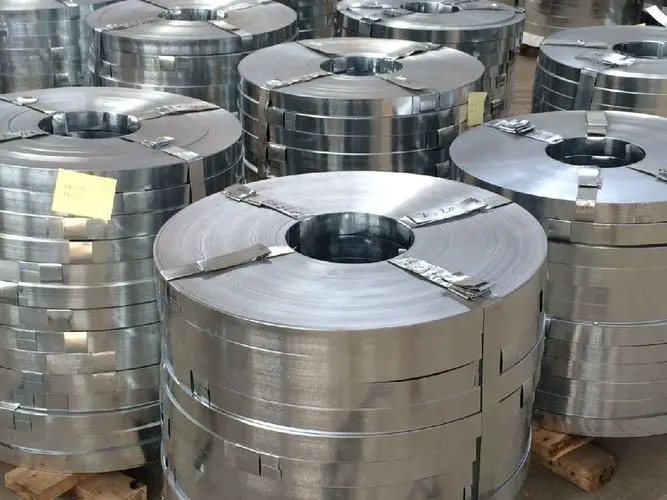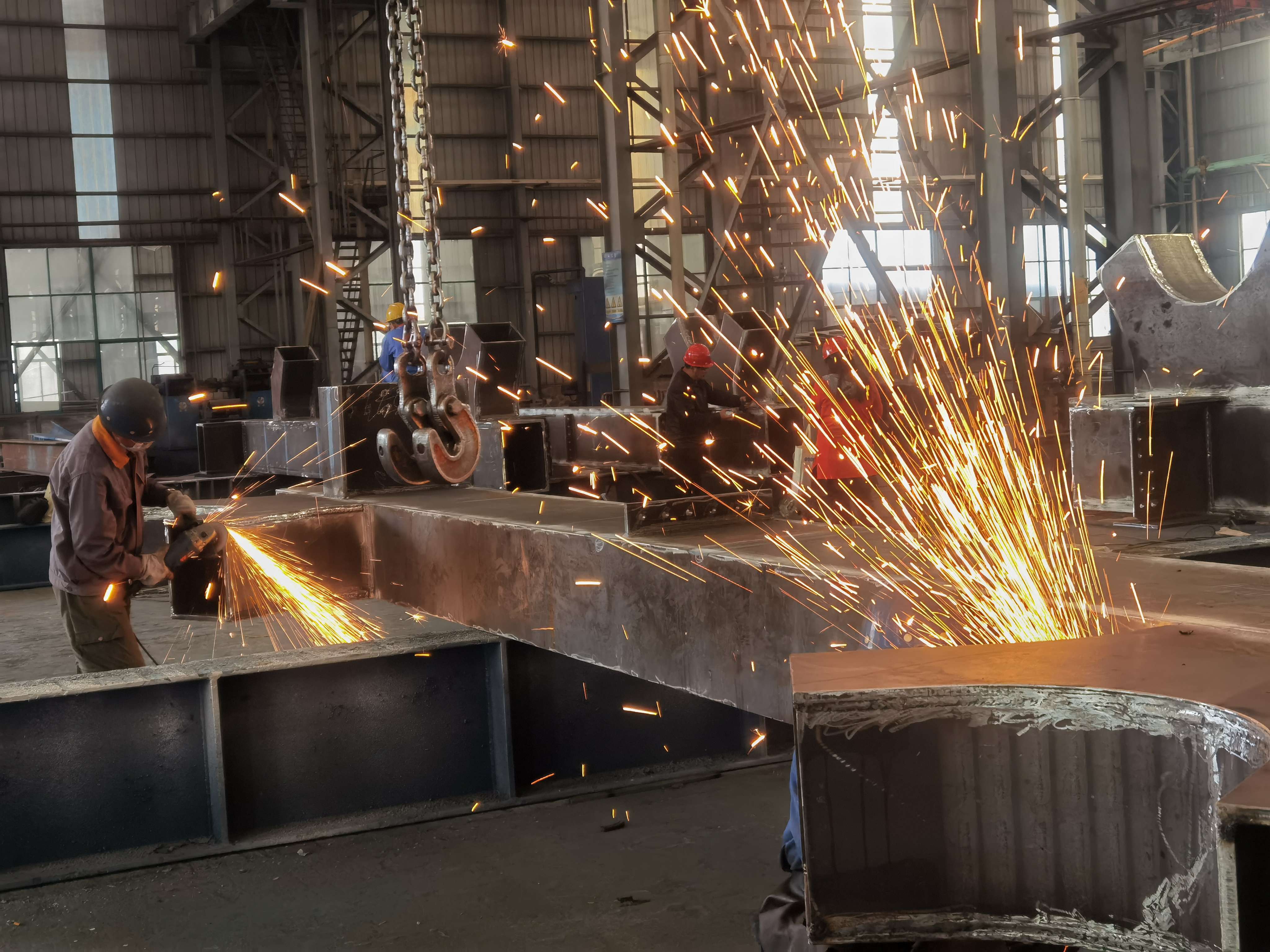Contact us
Helen Xu
Sales Manager
Mobile/WeChat: +0086 18679102530
Skype: 792094854@qq.com
E-mail: helen@sdstripsteel.com
The purpose of steel heat treatment
Release time:
2024-04-30
The manufacturing process of pressure vessels and pipelines will bring about the following problems: cold work hardening caused by excessive cold rolling, cold shaping and other cold processing;
The manufacturing process of pressure vessels and pipelines will bring about the following problems: cold work hardening caused by excessive cold rolling, cold shaping and other cold processing; changes in the structure and properties of the weld area caused by welding; residual stress caused by welding and therefore This leads to the occurrence and development of stress corrosion cracks. Therefore, a residual elastic strain field will be left in the processed final product and will bear the corresponding elastic residual stress. The existence of residual stress will affect the performance of equipment and pipelines. In order to eliminate the peak strain in the welding area and achieve a balanced distribution of internal strains, various methods can be used, such as mechanical vibration method, post-weld heating method, etc. Since many potential problems mainly come from metallurgical damage in the weld area, the use of mechanical vibration methods to reduce internal stress is no longer sufficient to prevent many problems that may occur during future operation. In addition, the phenomenon of hydrogen embrittlement of metals has attracted more attention. After hydrogen enters the metal, the mechanical properties will deteriorate significantly, and the strength and plasticity will be reduced. The hydrogen in the metal lattice will be dissolved, causing the steel to undergo brittle failure when it is slowly deformed. The hydrogen in the metal can be absorbed during the material production process. For example, the hydrogen absorbed by the liquid metal during welding remains in the weld, or it can be the hydrogen absorbed by the material when used in a hydrogen environment. For the hydrogen absorbed in the weld, a more effective way is to use post-weld heat treatment, which can relax and ease the residual stress, improve the welding-affected zone that is hardened and embrittled due to welding, and improve the ductility and fracture of the weld metal. Toughness can also cause harmful gases such as hydrogen in and near the welding area to diffuse and escape. Whether welded pressure vessels and pipelines require post-weld heat treatment should be determined based on comprehensive considerations such as the purpose and size of the vessel (especially the thickness of the wall plate), the performance of the materials used, and the working conditions. Post-weld heat treatment should be considered in any of the following situations:
(1) The use conditions are harsh, such as thick-walled pressure vessels that are prone to brittle fracture when working at low temperatures, and pressure vessels that bear large impact loads and alternating loads;
(2) Welded pressure vessels whose thickness exceeds a certain limit and pressure pipelines made of pipes containing elements such as chromium and molybdenum that are prone to cracks after welding;
(3) Pressure vessels with higher size requirements;
(4) Pressure vessels made of steel with a high hardening tendency;
(5) Pressure vessels with a risk of stress corrosion cracking;
(6) Other pressure vessels stipulated in special regulations, specifications or drawings;
keyword:
Related news
Let’s learn about spring steel together!
This kind of spring (such as No. 65, No. 70 steel, etc.) has the advantages of low cost and convenient source of raw materials. The disadvantage is that the elastic limit is low and it is easy to lose elasticity after repeated deformation. It cannot be cut at temperatures below 130 degrees. environment to work normally.
2024-04-30
The purpose of steel heat treatment
The manufacturing process of pressure vessels and pipelines will bring about the following problems: cold work hardening caused by excessive cold rolling, cold shaping and other cold processing;
2024-04-30





